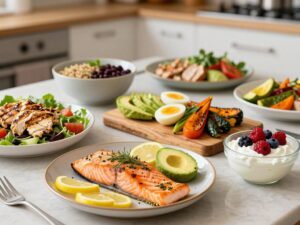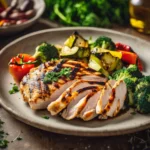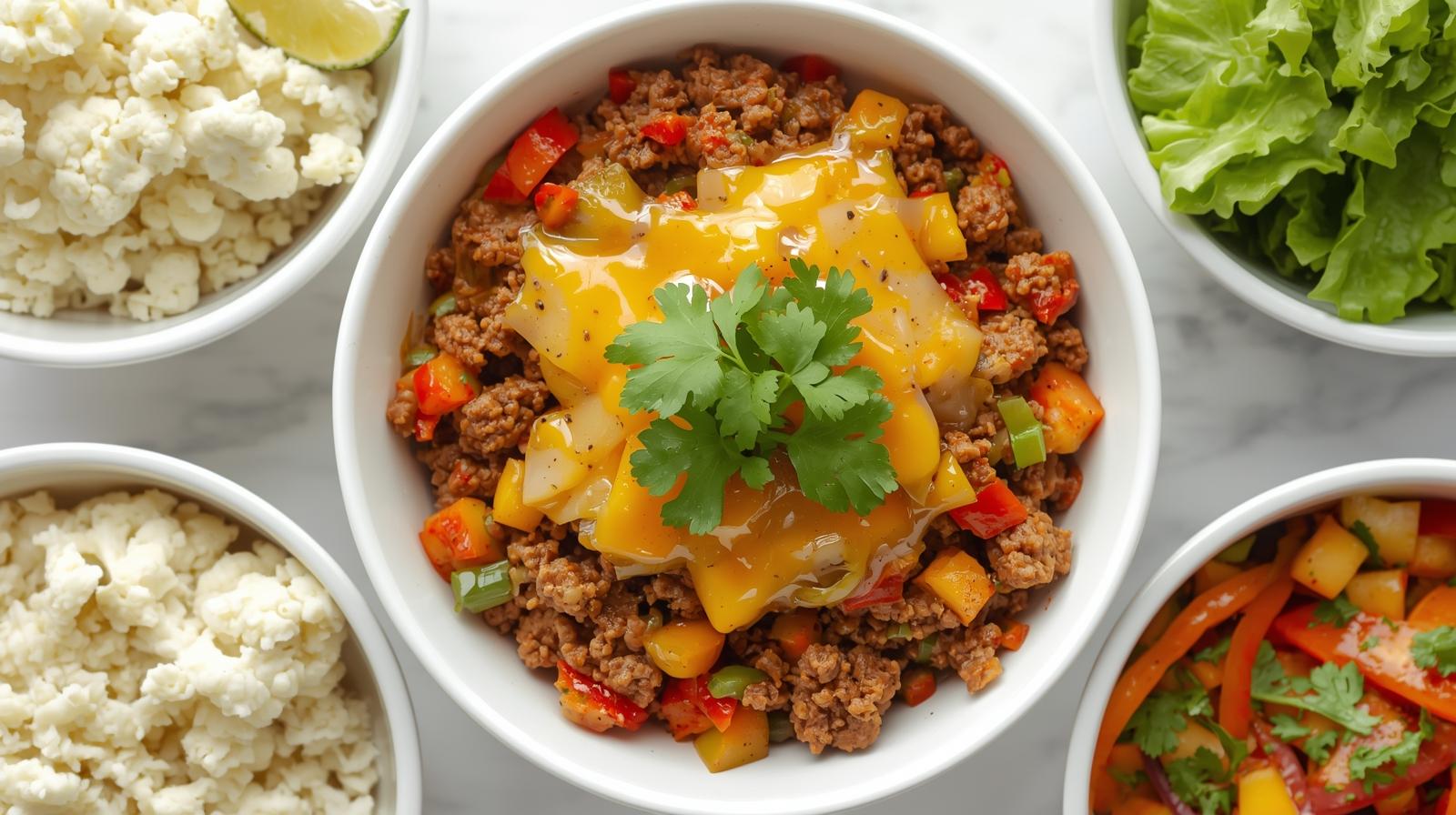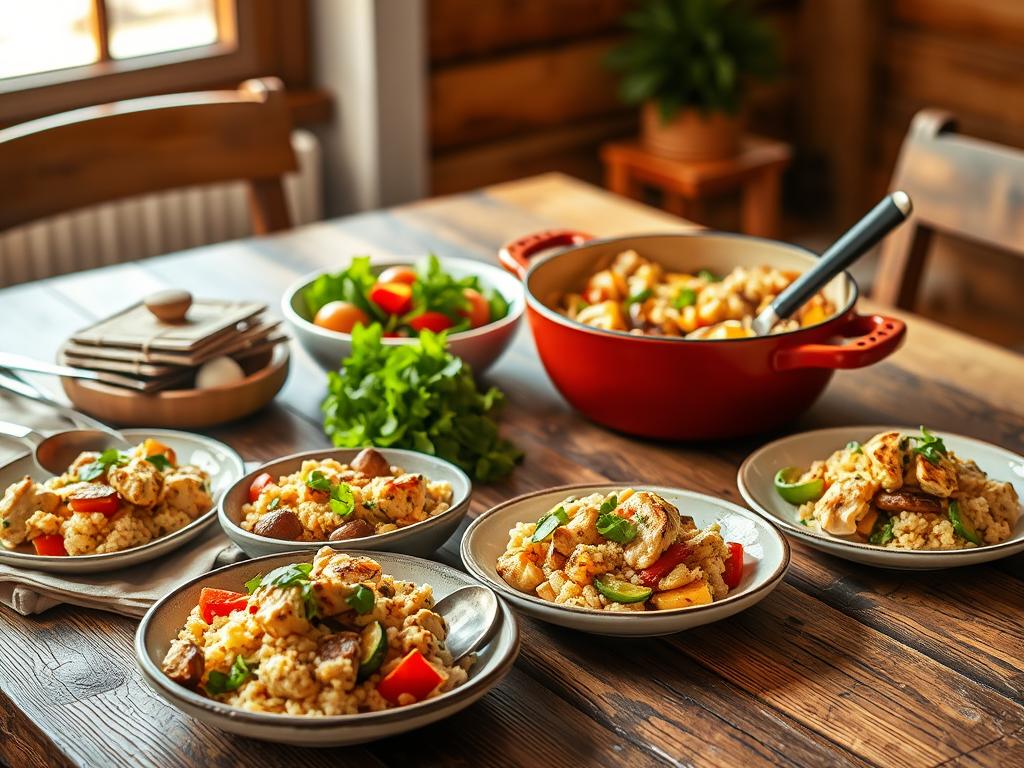As an Amazon Associate I earn from qualifying purchases.
How to Start a Low-Inflammation Diet
(7-Day Meal Plan)
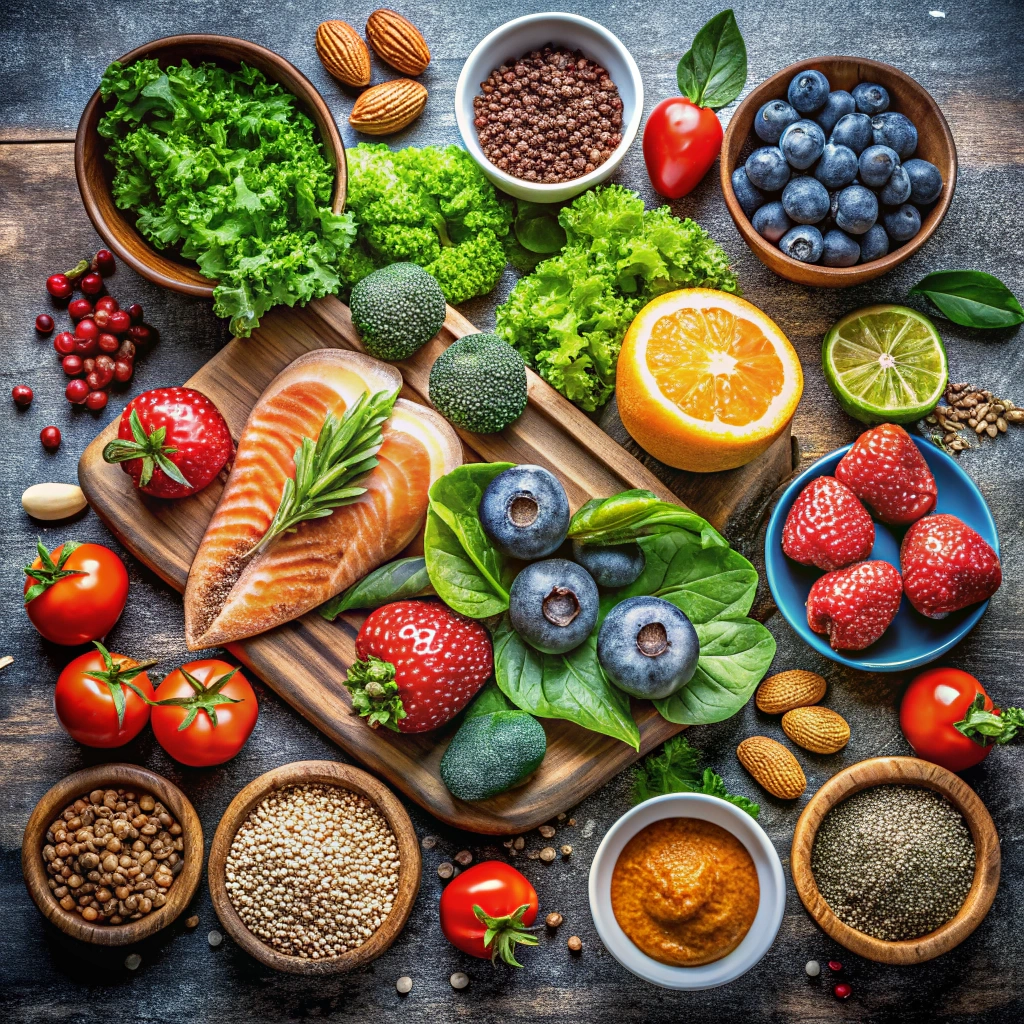
Inflammation is at the root of many chronic conditions, from autoimmune disorders to stubborn weight gain and fatigue.
At Eat Move Healthy, we believe in empowering you with real, research-backed strategies that nourish your body, reduce inflammation, and support long-term vitality.
What is a Low-Inflammatory Diet and Why Should You Care?
An inflammatory diet is often rich in ultra-processed foods, added sugars, trans fats, and refined carbs. These foods may increase levels of C-reactive protein (CRP), a marker of inflammation in your body. Chronic inflammation has been linked to obesity, diabetes, heart disease, arthritis, and even depression.
In contrast, an anti-inflammatory diet focuses on whole, nutrient-dense foods like leafy greens, berries, fatty fish, whole grains, and anti-inflammatory spices. This eating pattern not only calms the body but also promotes better digestion, clearer skin, deeper sleep, and sustainable energy.
Top Anti-Inflammatory Foods to Stock Up On
To naturally calm inflammation, start by adding these nutrient powerhouses to your grocery list:
Leafy Greens (kale, spinach, arugula)
Berries (blueberries, strawberries, raspberries)
Fatty Fish (wild salmon, sardines, mackerel)
Turmeric & Ginger (anti-inflammatory roots)
Olive Oil (cold-pressed, extra virgin)
Avocados (rich in healthy fats)
Chia and Flax Seeds (fiber + omega-3s)
Cruciferous Veggies (broccoli, cauliflower, cabbage)
Green Tea (loaded with antioxidants)
Nuts (especially almonds and walnuts)
These ingredients help repair cells, fight oxidative stress, and balance blood sugar levels—all essential for reducing inflammation naturally.

Foods That Trigger Inflammation You Should Avoid
While everyone’s sensitivity may differ, here are some of the most common inflammation triggers:
Refined Carbohydrates (white bread, pasta, pastries)
Fried Foods
Sugary Drinks (sodas, flavored coffees, sweetened teas)
Processed Meats (bacon, sausage, deli meats)
Artificial Additives and Preservatives
Alcohol (especially in excess)
Trans Fats (hydrogenated oils)
Reducing or eliminating these foods can significantly reduce bloating, joint pain, skin flare-ups, and mental fog.
Sample 7-Day Low-Inflammation Meal Plan
Here’s a simple and delicious plan to get you started. All meals are clean, easy to prep, and free of common inflammatory triggers.
Day 1
Breakfast: Chia pudding with almond milk, berries & flax seeds
Lunch: Quinoa salad with kale, chickpeas, cucumber, and olive oil
Dinner: Grilled salmon with roasted broccoli and sweet potato
Day 2
Breakfast: Green smoothie with spinach, avocado, banana, and ginger
Lunch: Lentil soup with turmeric and garlic
Dinner: Stir-fry with tofu, bok choy, and cauliflower rice
Day 3
Breakfast: Overnight oats with walnuts and blueberries
Lunch: Mediterranean bowl with hummus, arugula, olives, and quinoa
Dinner: Baked cod with sautéed zucchini and carrots
Day 4
Breakfast: Scrambled eggs with spinach and avocado toast (on whole-grain)
Lunch: Mason jar salad with leafy greens, pumpkin seeds, and vinaigrette
Dinner: Chickpea curry with turmeric, ginger, and brown rice
Day 5
Breakfast: Greek yogurt with flax, cinnamon, and raspberries
Lunch: Veggie wrap with hummus, grilled veggies, and romaine
Dinner: Turkey meatballs with spaghetti squash and marinara
Day 6
Breakfast: Smoothie bowl with almond butter, berries, and hemp seeds
Lunch: Roasted veggie quinoa bowl with tahini drizzle
Dinner: Lemon baked trout with asparagus and wild rice
Day 7
Breakfast: Matcha green tea with boiled eggs and fruit
Lunch: Avocado and black bean salad with lime dressing
Dinner: Grilled chicken with sautéed kale and mashed cauliflower
Movement That Supports an Anti-Inflammatory Lifestyle
Food is only half the story. Gentle, consistent movement helps reduce systemic inflammation. Aim for:
30 minutes of daily walking
Low-impact strength training (2-3x/week)
Yoga or stretching routines
Breathwork or meditation to lower cortisol
Not only does this support joint health and circulation, but it also decreases your stress response, which is a known inflammation trigger.
Supplements to Support Low-Inflammation Goals
If your diet lacks certain nutrients, consider these supportive supplements:
Omega-3s (from fish oil or algae oil)
Curcumin (from turmeric, ideally with black pepper)
Vitamin D3
Magnesium glycinate
Probiotics
Always consult with a healthcare provider before starting new supplements.
Track Your Progress and Stay Consistent
Consistency over perfection wins the game. Here’s how to stay on track:
Keep a food and symptom journal
Plan meals and grocery shop weekly
Prep ingredients ahead of time
Drink at least half your body weight in ounces of water daily
Limit stress, prioritize sleep, and move your body mindfully
At EatMoveHealthy.com, we’re here to guide you every step of the way—without the overwhelm or guilt. Bookmark this guide, print the meal plan, and start nourishing your body from the inside out.
Amazon and the Amazon logo are trademarks of Amazon.com, Inc or it's affiliates.
Related Posts
- Achieve Weight Loss with Low Carb
Achieve Weight Loss with Low-Carb Are you ready to embark on a transformative journey towards…
- The 80/20 Diet for Weight Loss
The 80/20 Diet For Weight Loss Introduction: Embarking on a journey towards a healthier lifestyle…
- Start a Successful Fitness Journey
Starting a Successful Fitness Journey Embarking on a fitness journey is not just about shedding…

